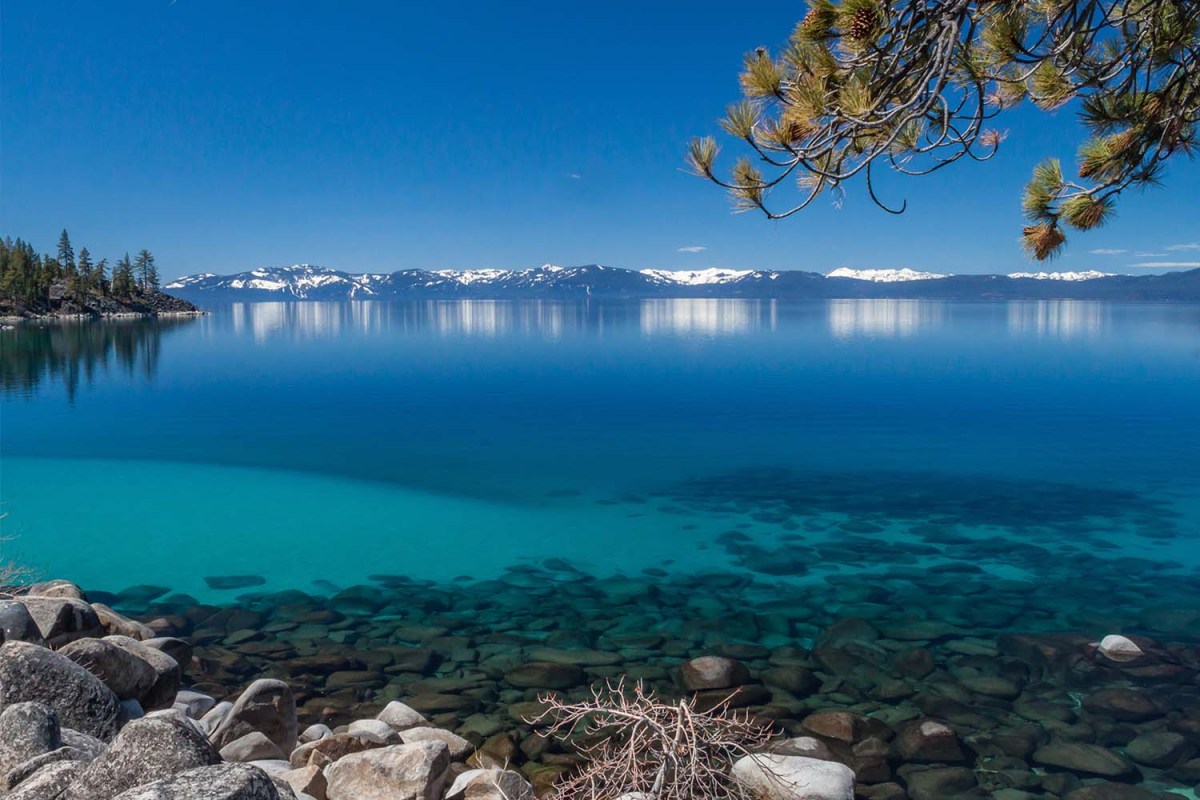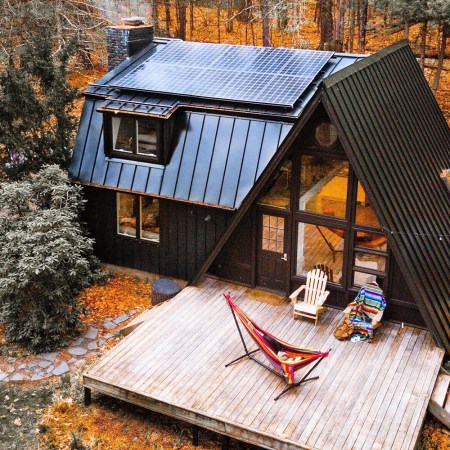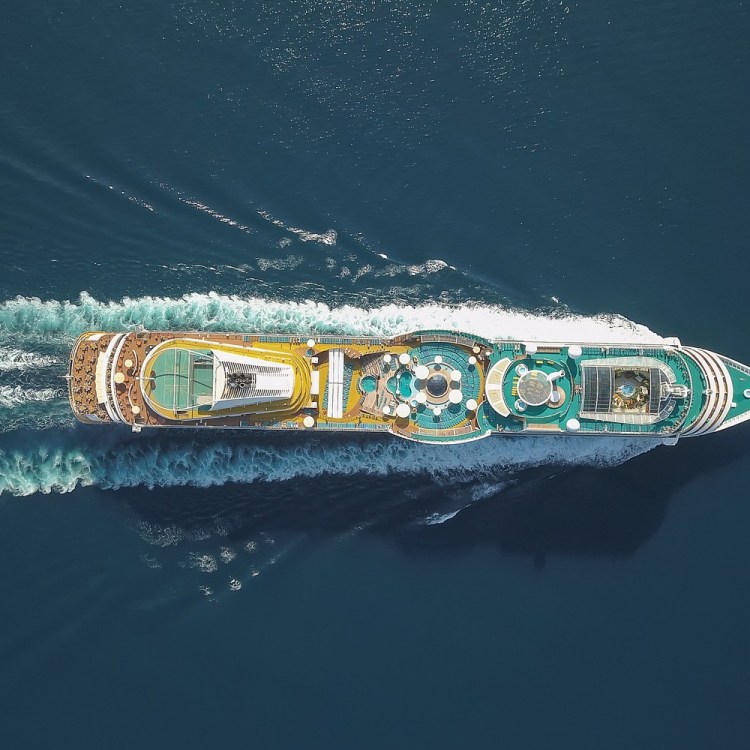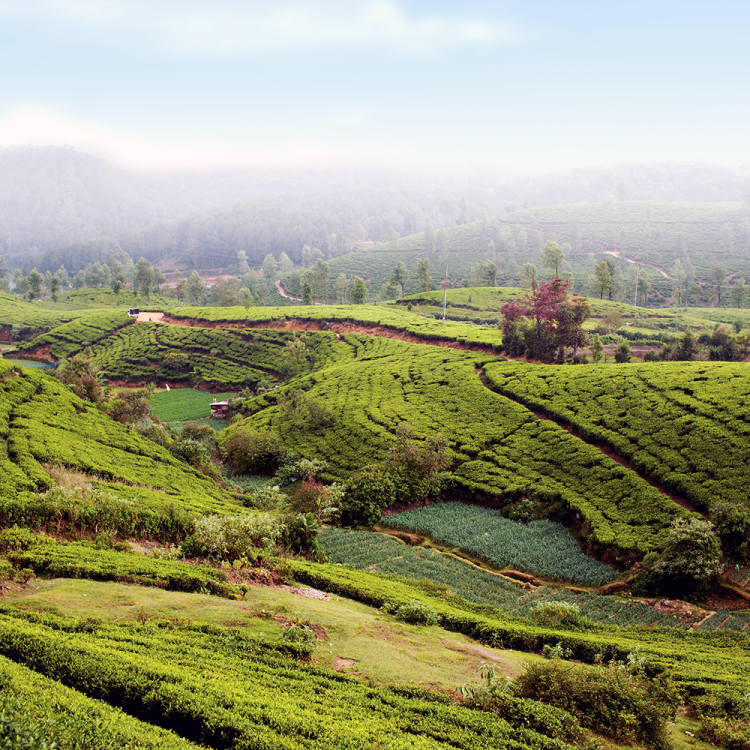To travel the world is one of the greatest privileges there is.
But to do so also invites a set of responsibilities — to the destination to which you’re traveling, its inhabitants and their way of living, as well as the environment as a whole. And for most discerning individuals, that’s objectively easy. When it becomes not quite as easy, though, is when an exorbitant number of those individuals — discerning as they may be — are all flocking to the same locales.
Destinations like Santorini, Bali and (none more so than) Venice have long suffered the effects of overtourism, some of which have had irrevocable consequences. In fact, the latter is almost unrecognizable to those intimately familiar with the city. For many, it’s become reason enough not to visit. Though that, of course, gives rise to other destinations, that may or may not be primed for an uptick in demand.
This is, more or less, the premise for Fodor’s No List — a roundup of “natural attractions that could use a break in order to heal and rejuvenate; cultural hotspots that are plagued with overcrowding and resource depletion; and locations around the world immediately and dramatically impacted by water crises.” The 2023 list was released recently and it’s a bit of a mixed bag.
One (unsurprising) inclusion to the list this year is Antarctica, or more specifically, the Antarctic Peninsula — a tourist hotspot for the past decade or so, but especially in the last couple of years. It is, as Fodor’s notes, one of the most susceptible places on the planet to climate change, which is also the most plausible explanation for the increase in tourist interest — time to see it, at least as its existed for the last 180 million years, is running out.
On the one hand, there are destinations — like The Root Bridges in Cherrapunji — that would likely have disappeared without human interference. But on the other, there are a number of places — e.g., the Great Barrier Reef — that are ephemeral because of human inference. Antarctica, for its part, “which has experienced some of the fastest warming temperatures and steepest wildlife decline in history,” falls into the second category.
That said, the obvious takeaway from the 2023 list is that you don’t need to travel to the remotest corners of the planet to see that human interference in action. Lake Tahoe, for example, is also included.
“The leading threat to Tahoe’s famous clarity is fine sediment pollution running off our urban landscape, according to The League to Save Lake Tahoe. Heavy traffic crushes Tahoe’s roads into fine dust and debris and pumps tailpipe emissions into the air,” it reads. “When it rains or snow melts, stormwater transports these fine pollution particles into the Lake, clouding its cobalt blue waters.”
The American Midwest was mentioned, though predominately due to drought and subsequent water shortages. So, while a lot of the usual destinations were named — Thailand, Amsterdam, Italy’s most popular destinations, Maui and France’s cliffs and calanques, chief among them — the 2023 list is nothing if not a testament to the fact that the responsibilities concurrent with travel extend to all travel. Even if the destination is located in your own backyard. And if you suspect a destination could stand to benefit from having less visitation? Don’t visit. There are seven continents, 195 countries and millions of cities, and towns, in the world. Go, quite literally, anywhere else.
Thanks for reading InsideHook. Sign up for our daily newsletter and be in the know.


















